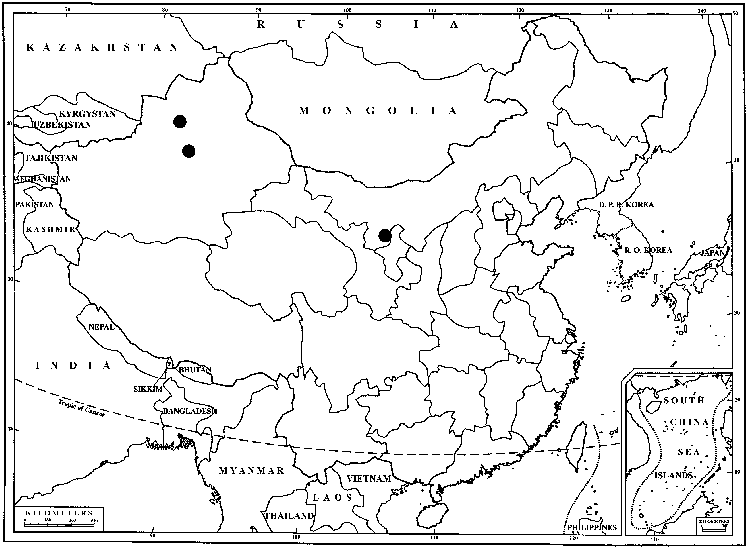Difference between revisions of "Tortula atrovirens"
Öfvers. Kongl. Vetensk.-Akad. Förh. 21: 236. 1864,.
FNA>Volume Importer |
FNA>Volume Importer |
||
| Line 9: | Line 9: | ||
|name=Grimmia atrovirens | |name=Grimmia atrovirens | ||
|authority=Smith | |authority=Smith | ||
| + | |rank=species | ||
|publication_title=in J. E. Smith et al., Engl. Bot. | |publication_title=in J. E. Smith et al., Engl. Bot. | ||
|publication_place=28: plate 2015. 1809 | |publication_place=28: plate 2015. 1809 | ||
| Line 15: | Line 16: | ||
|name=Desmatodon californicus | |name=Desmatodon californicus | ||
|authority=Lesquereux | |authority=Lesquereux | ||
| + | |rank=species | ||
}} {{Treatment/ID/Synonym | }} {{Treatment/ID/Synonym | ||
|name=Desmatodon convolutus | |name=Desmatodon convolutus | ||
|authority=(Bridel) Grout | |authority=(Bridel) Grout | ||
| + | |rank=species | ||
}} | }} | ||
|hierarchy=Pottiaceae;Pottiaceae subfam. Pottioideae;Tortula;Tortula atrovirens | |hierarchy=Pottiaceae;Pottiaceae subfam. Pottioideae;Tortula;Tortula atrovirens | ||
| Line 42: | Line 45: | ||
-->{{#Taxon: | -->{{#Taxon: | ||
name=Tortula atrovirens | name=Tortula atrovirens | ||
| − | |||
|authority=(Smith) Lindberg | |authority=(Smith) Lindberg | ||
|rank=species | |rank=species | ||
| Line 57: | Line 59: | ||
|publication year= | |publication year= | ||
|special status= | |special status= | ||
| − | |source xml=https://jpend@bitbucket.org/aafc-mbb/fna-data-curation.git/src/ | + | |source xml=https://jpend@bitbucket.org/aafc-mbb/fna-data-curation.git/src/f50eec43f223ca0e34566be0b046453a0960e173/coarse_grained_fna_xml/V27/V27_866.xml |
|subfamily=Pottiaceae subfam. Pottioideae | |subfamily=Pottiaceae subfam. Pottioideae | ||
|genus=Tortula | |genus=Tortula | ||
Revision as of 21:05, 16 December 2019
Leaves ovate to lingulate, apex broadly acute to rounded, apiculate or mucronate, margins revolute or occasionally plane, often bordered proximally with rectangular cells usually hidden in the revolute margins; costa percurrent or ending in apiculus or short mucro, with an adaxial pad of swollen cells similar to those of the lamina, distally broad, (4–)6(–8) cells across adaxial surface; distal laminal cells subquadrate, 9–13(–18) µm wide, µm, 1:1; strongly papillose. Sexual condition autoicous. Sporophytes exerted. Seta 0.6–1.2 cm. Capsule stegocarpic, not systylius, cylindric to ellipsoidal, erect and nearly straight, urn 0.9–1.5 mm; peristome commonly 210–390 µm, teeth of 32 filaments, weakly twisted, occasionally rudimentary, basal membrane 40–50 µm; operculum 0.5–0.7 mm. Spores 15–18 µm, broadly ellipsoidal, nearly smooth.
Phenology: Capsules mature winter–spring.
Habitat: Exposed soil, volcanic ash, rock, often calcareous
Elevation: low to high elevations (0-2200 m)
Distribution

Alta., B.C., Ariz., Calif., Colo., Idaho, Minn., Nev., N.Mex., Tex., Utah, Mexico, South America, Europe, Asia, Africa, Atlantic Islands, Pacific Islands (Hawaii, New Zealand), Australia.
Discussion
Tortula atrovirens has a massive pad of bulging cells covering the costa, and may be mistaken for a Crossidium, which, however, has a ventral pad of filaments. It is somewhat similar to T. obtusifolia, which also has weakly differentiated, smooth, somewhat elongate marginal cells, but that species of more mesic climates and more northern latitudes has spatulate leaves lacking an adaxial pad.
Selected References
None.